Breadcrumb
Biden ordered Gaza pier construction despite USAID concerns
Aid workers at the US Agency for International Development (USAID) warned US President Joe Biden that building a pier off the coast of Gaza to deliver emergency aid would not allow significant amounts of aid into the enclave and said that the pier would be fragile.
A new report by the inspector general of USAID shows the organisation highlighted several reasons why the project would be destined for failure due to logistics and the limited amount of aid it could handle.
Despite the concerns, Biden announced the US military would construct the pier, which was eventually deployed on 16 May and then taken down on 17 July.
Overall, the pier functioned intermittently for just 20 days, delivering around 8,100 metric tonnes of humanitarian aid, enough to feed only 450,000 people for a month.
The pier was initially set to last until September and feed 1.5 million people over at least three months.
However, choppy waters and weather conditions meant the pier ended up spending the majority of time at the port of Ashdod, being repaired or sheltered.
Prior to Biden announcing the construction of the pier in his 7 March State of the Union address, USAID’s bureau for humanitarian assistance (BHA) expressed concerns over a maritime aid route involving a pier, specifically "the logistical and technical challenges it would present", the report stated.
"Multiple BHA staff noted that using JLOTs was not an option USAid would typically recommend in humanitarian response operations," it continued.
However, Biden’s National Security Council (NSC) maintained that any aid delivered through the pier was better than nothing.
"…Delivering nearly 20m pounds of food and water that otherwise would not have gone to those in desperate need," Sean Savett, a NSC spokesperson said.
Another major issue highlighted in the inspector general’s report was experts arguing the $230m (£175m) port would divert attention and pressure on Israel to allow more aid in through land routes.
"Multiple USAid staff expressed concerns that the focus on using JLOTS would detract from the agency’s advocacy to open land crossings in Israel and Egypt, which were seen as more efficient and proven avenues for delivering aid to Gaza", the report stated.
According to Jeremy Konyndyk, a former senior aid official in the Biden administration, and now president of Refugees International, the report indicates that much of the guidance and advice given by aid experts were "overruled".
"I think it just underscores that this was guided by political and security considerations, much more than by humanitarian considerations", he said.
However, the Guardian reported earlier this week that a USAID spokesperson has since argued that work on the pier had not detracted from focus on land corridors.
"USAid’s advocacy, both publicly and privately, for the expansion of all humanitarian land routes into Gaza has remained consistent throughout the conflict," the spokesperson said.
"The concerns about capacity were raised early in the planning process and we added additional staffing dedicated to the pier, which allowed our teams to focus on the pier and land crossings simultaneously," they added.
At least 40,738 Palestinians have been killed by Israeli forces since the start of the war on 7 October.
The war has plunged Gaza into a deep humanitarian crisis, with experts warning the enclave remains at "high risk" of famine.
Israel imposed a complete siege on the territory at the start of the war, while much of the Strip’s vital infrastructure has been destroyed, including Gaza’s ability to produce its own food.
The situation is particularly dire in the north of the besieged Palestinian territory, where the UN says there are about 300,000 people, with aid agencies reporting huge difficulties in gaining access.

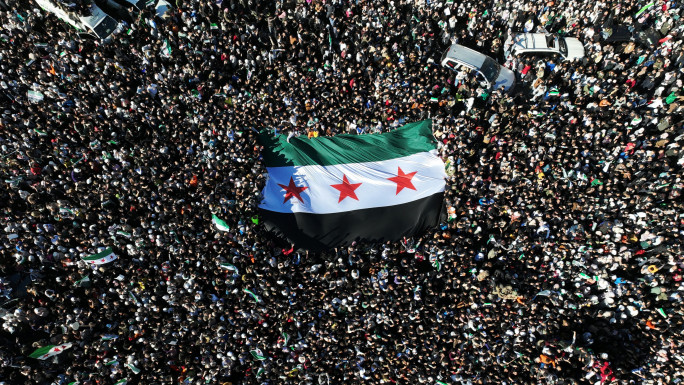
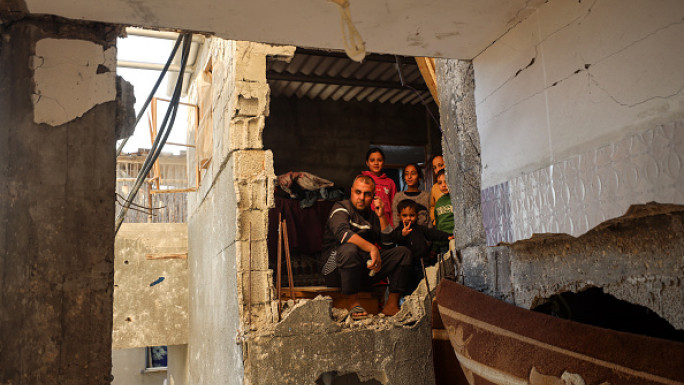
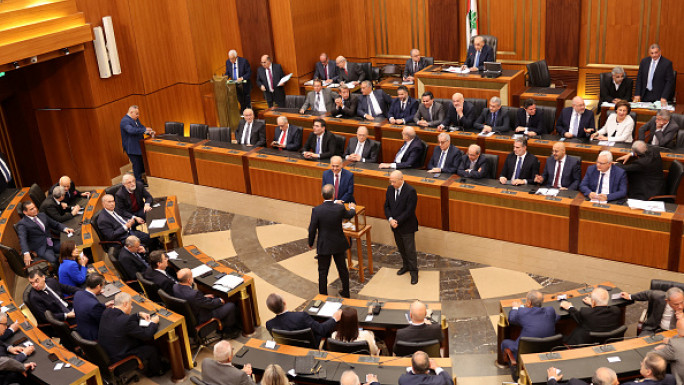
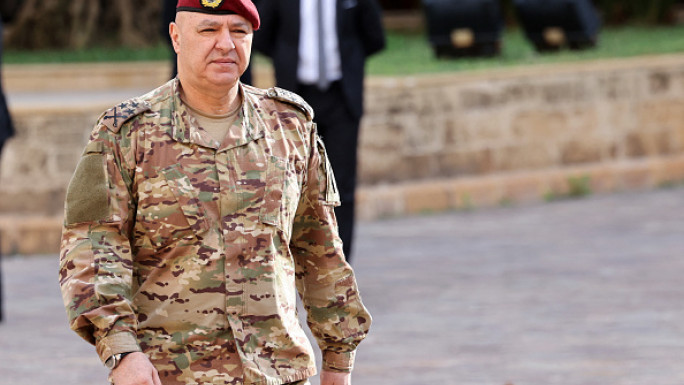
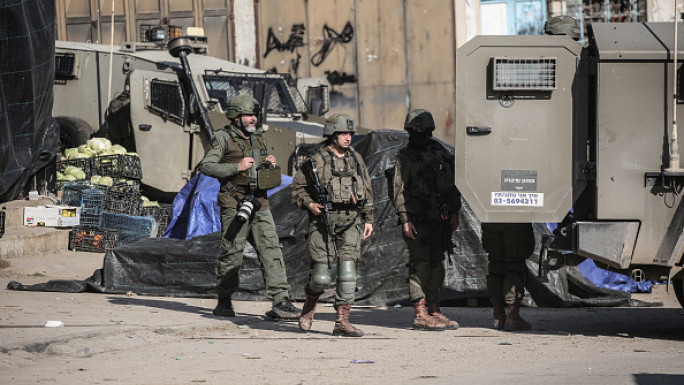
![Anthony Blinken speech [Getty] Anthony Blinken speech [Getty]](/sites/default/files/styles/image_684x385/public/media/images/6263436E-8ACD-4D3C-9055-25A7BE79DD5A.jpg?h=d1cb525d&itok=fLHmHCRG)
 Follow the Middle East's top stories in English at The New Arab on Google News
Follow the Middle East's top stories in English at The New Arab on Google News
![Paula Yacoubian was verbally attacked by Salim Aoun during a parliamentary session [Getty]](/sites/default/files/styles/image_330x185/public/1150162486.jpeg?h=b9615360&itok=xysBxMUJ)
![A UK watchdog claimed they received complaints about ads featured on the London Underground by UK company Wahed [Getty]](/sites/default/files/styles/image_330x185/public/2191229908.jpeg?h=38d368d7&itok=MjV-Rlf1)
